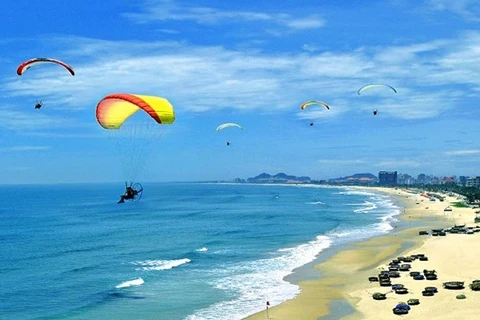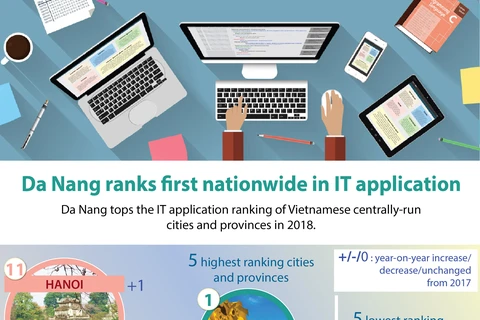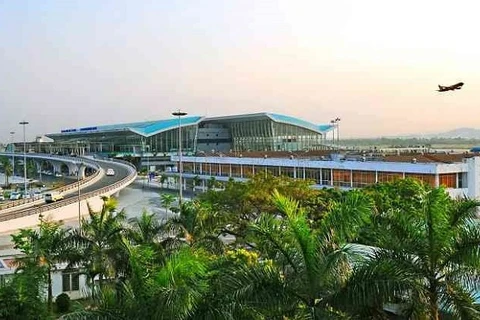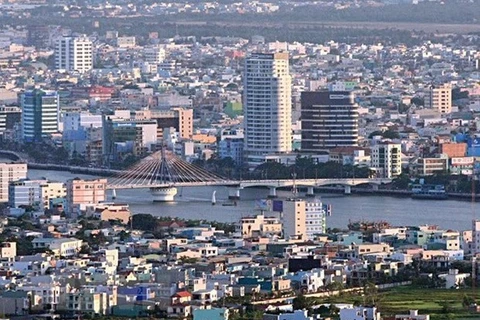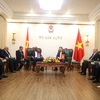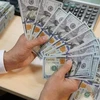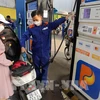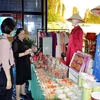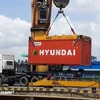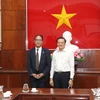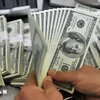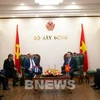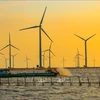Hanoi (VNA) – Gross regional domestic product growth of the central city of Da Nang slowed down in the first half of 2019 to stand at 6.21 percent, compared to the 7.24 percent in the previous year, heard a conference to review the city’s socio-economic development on July 3.
The city welcomed 4.3 million visitors in the first six months, a year-on-year surge of 15.1 percent. Tourism sector raked in nearly 15 trillion VND (644.3 million USD) in the period, rising 15.1 percent and equivalent to 54.7 percent of the yearly plan.
The city was ranked 15th out of 52 destinations in 2019 listed by the US New York Times newspaper.
However, Da Nang’s index of industrial production (IIP) only increased 4 percent in the period, while investment for social welfare rose 2.1 percent, below expectations of 7.2 percent and 6.3 percent, respectively.
Vice Chairman of the municipal People’s Committee Ho Ky Minh attributed the slower economic growth to difficulties in the production of major firms and declines in production values of industrial sectors.
Slow pace was seen in some constructions and projects, he added, particularly in water supply and sewage systems, wastewater and garbage treatment.
At the conference, local authorities asked relevant agencies to try to meet remaining tasks in the second half of the year, carry out measures to collect State budget and prevent losses, and keep a close watch on the implementation of licenced projects. -VNA
The city welcomed 4.3 million visitors in the first six months, a year-on-year surge of 15.1 percent. Tourism sector raked in nearly 15 trillion VND (644.3 million USD) in the period, rising 15.1 percent and equivalent to 54.7 percent of the yearly plan.
The city was ranked 15th out of 52 destinations in 2019 listed by the US New York Times newspaper.
However, Da Nang’s index of industrial production (IIP) only increased 4 percent in the period, while investment for social welfare rose 2.1 percent, below expectations of 7.2 percent and 6.3 percent, respectively.
Vice Chairman of the municipal People’s Committee Ho Ky Minh attributed the slower economic growth to difficulties in the production of major firms and declines in production values of industrial sectors.
Slow pace was seen in some constructions and projects, he added, particularly in water supply and sewage systems, wastewater and garbage treatment.
At the conference, local authorities asked relevant agencies to try to meet remaining tasks in the second half of the year, carry out measures to collect State budget and prevent losses, and keep a close watch on the implementation of licenced projects. -VNA
VNA

